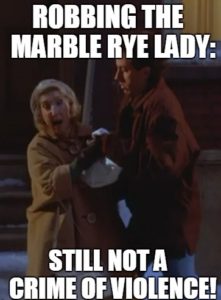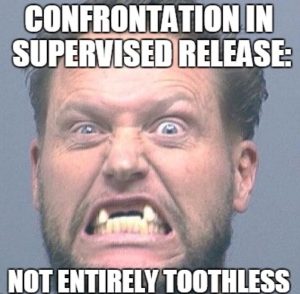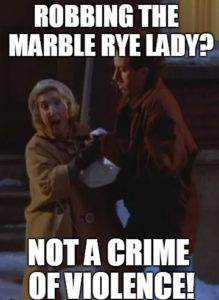The First Step Act of 2018, Pub. L. 115-391, allows judges to now “impose a reduced sentence” on people sentenced before August 3, 2010, for certain offenses involving 5 grams or more of crack cocaine. There’s been a lot of litigation on the Act — yielding over 200 written decisions nationally so far — with a number of bad rulings from courts relying on pro se pleadings or meritless arguments from the government. Judge Allyne Ross, of the Eastern District of New York, recently addressed both and issued a good ruling for people serving (or not) long crack sentences.
In United States v. Miles, the defendant had been sentenced in 2009 for a 50-gram crack offense that then carried a mandatory minimum of 10 years, which Judge Ross imposed. After passage of the First Step Act, Miles moved pro se for a reduced sentence given that, per the …








